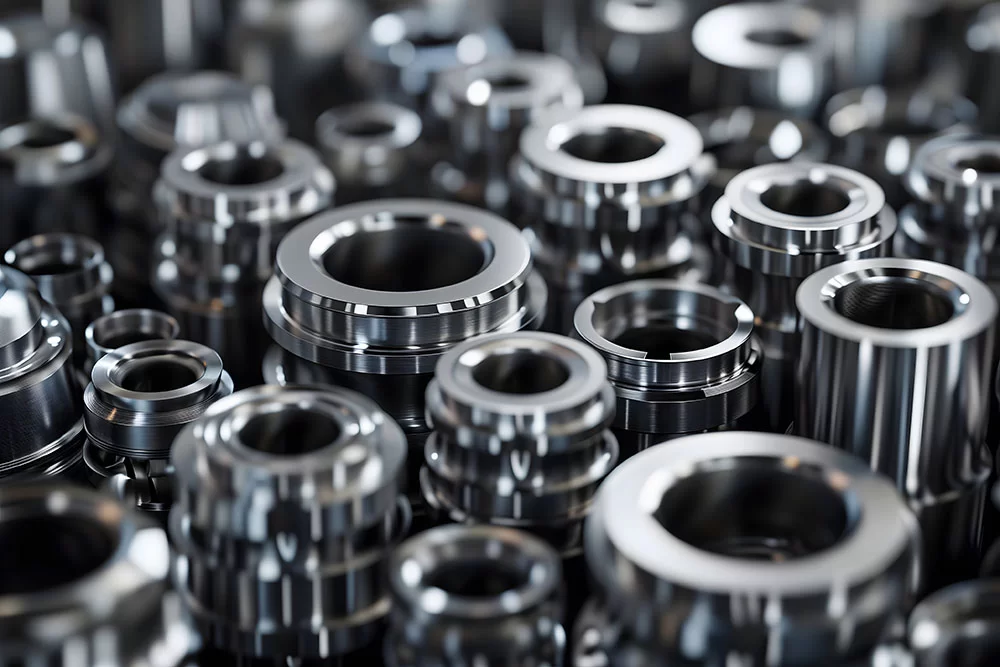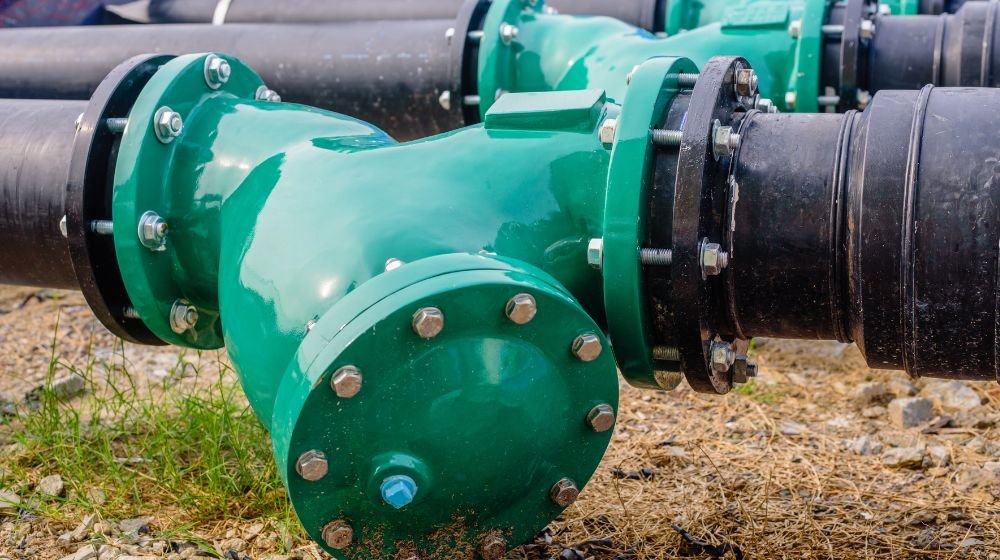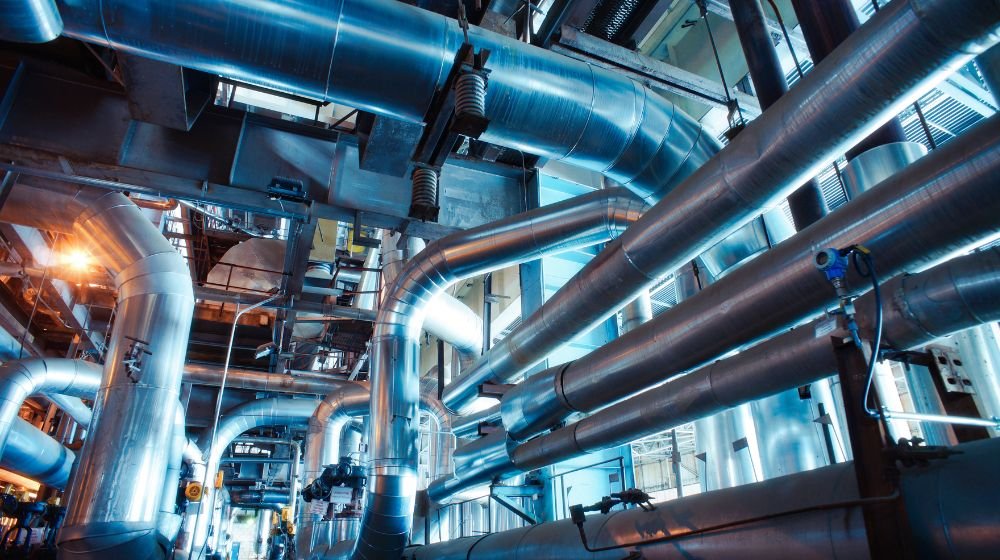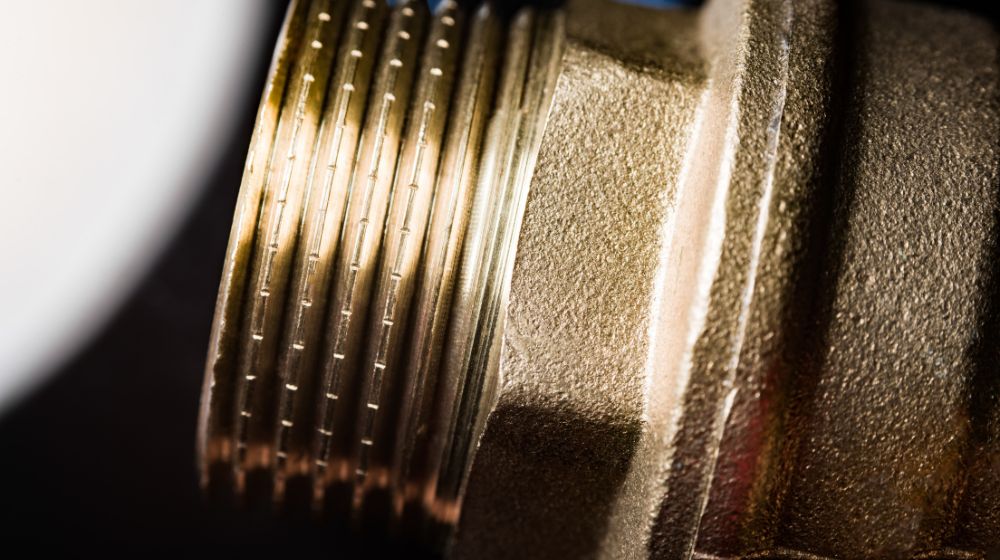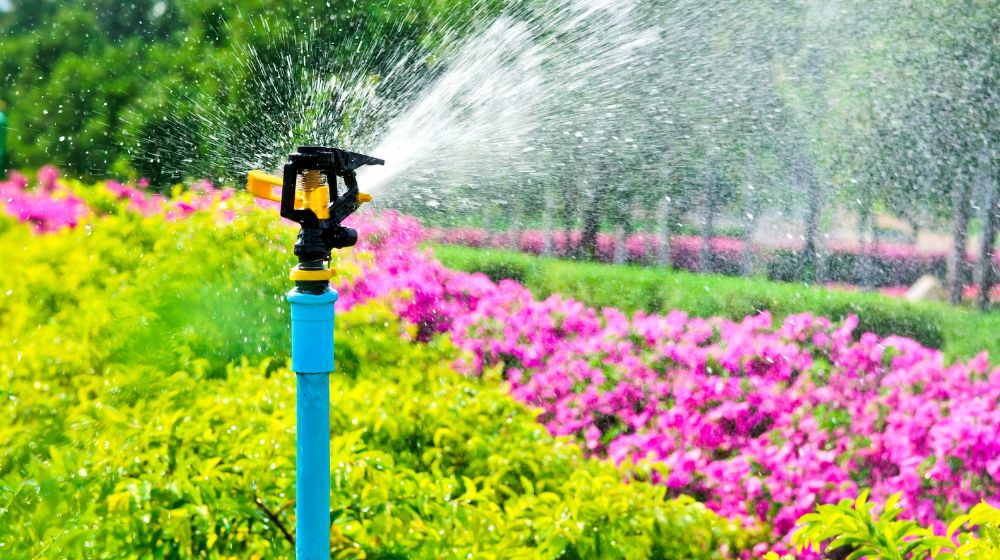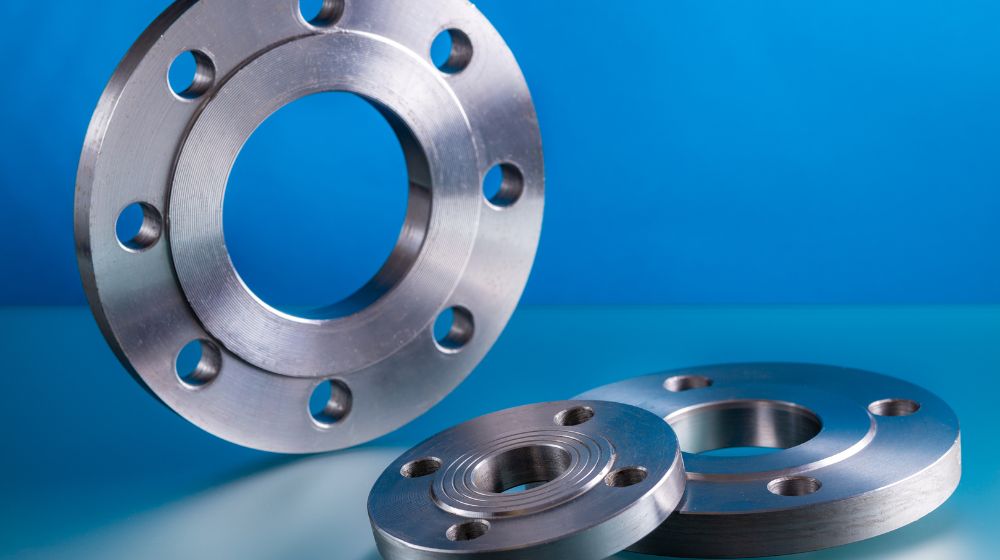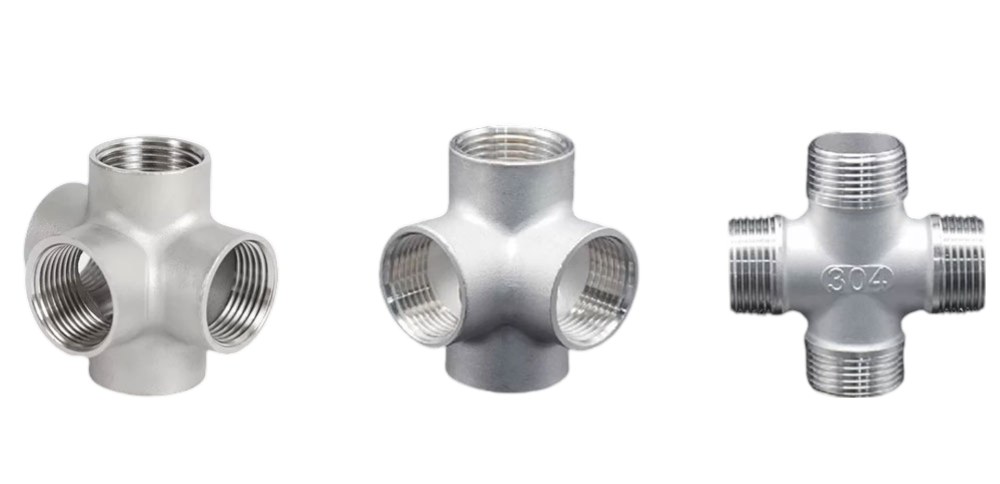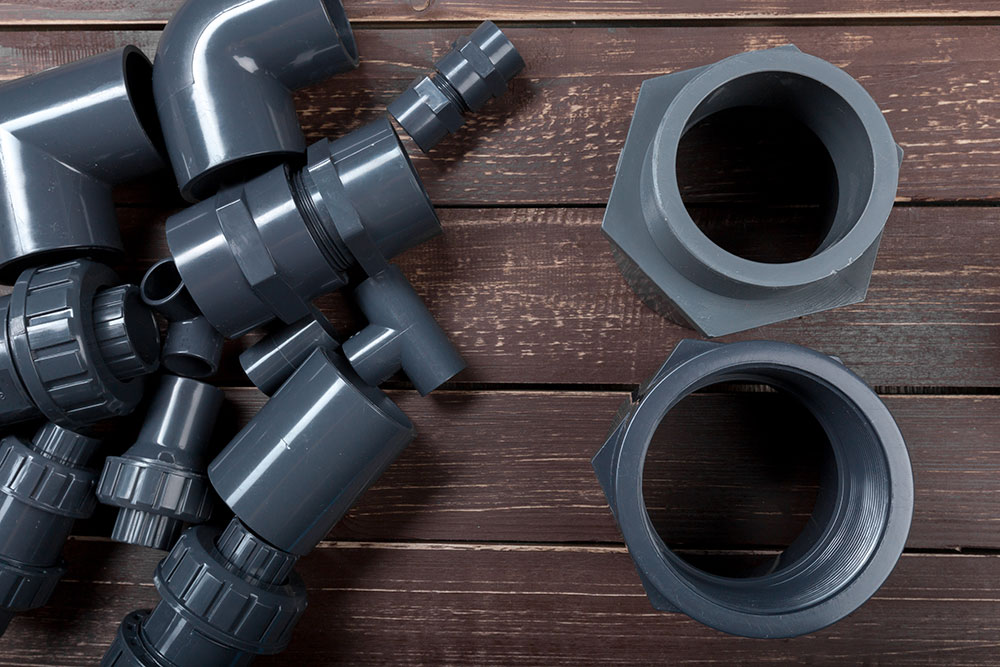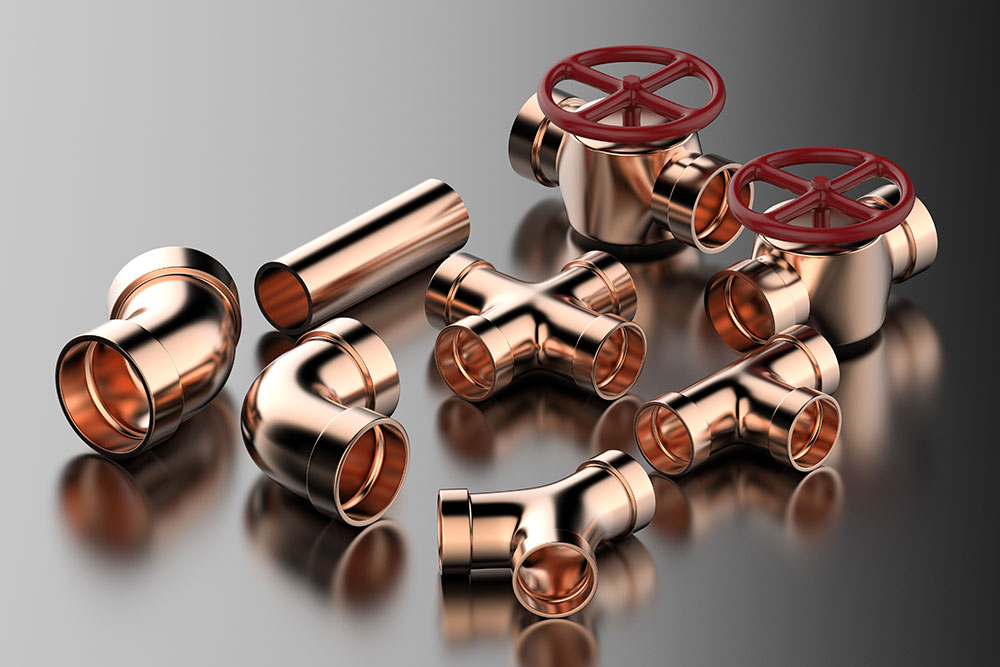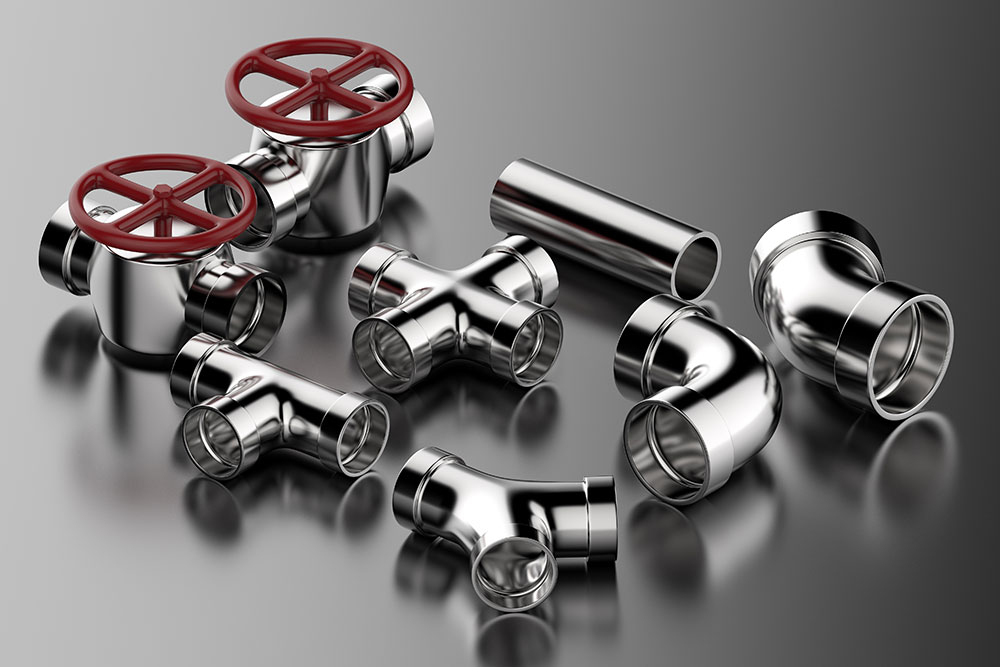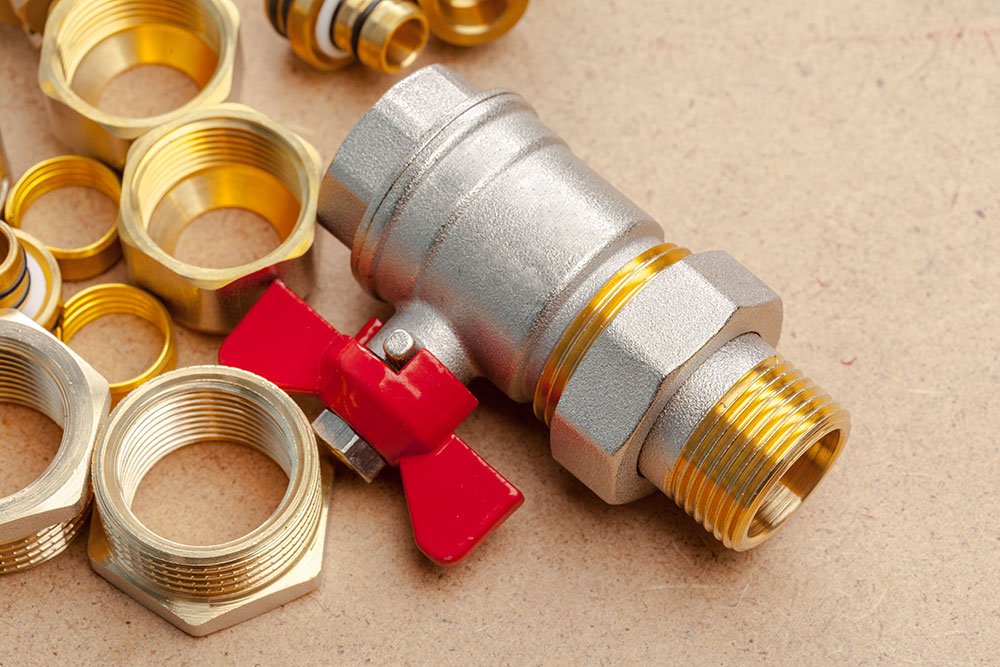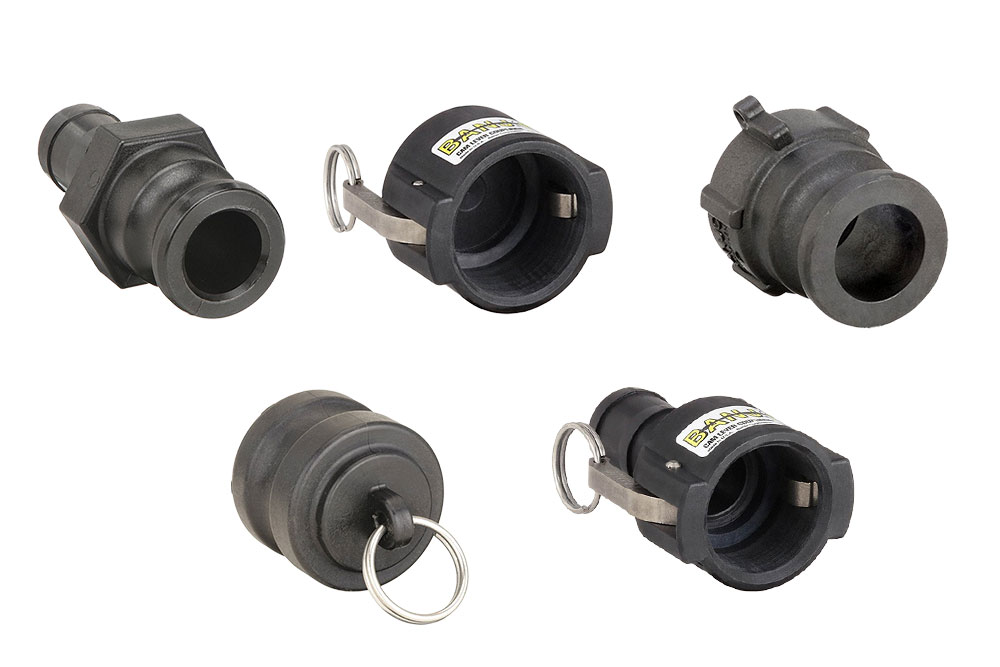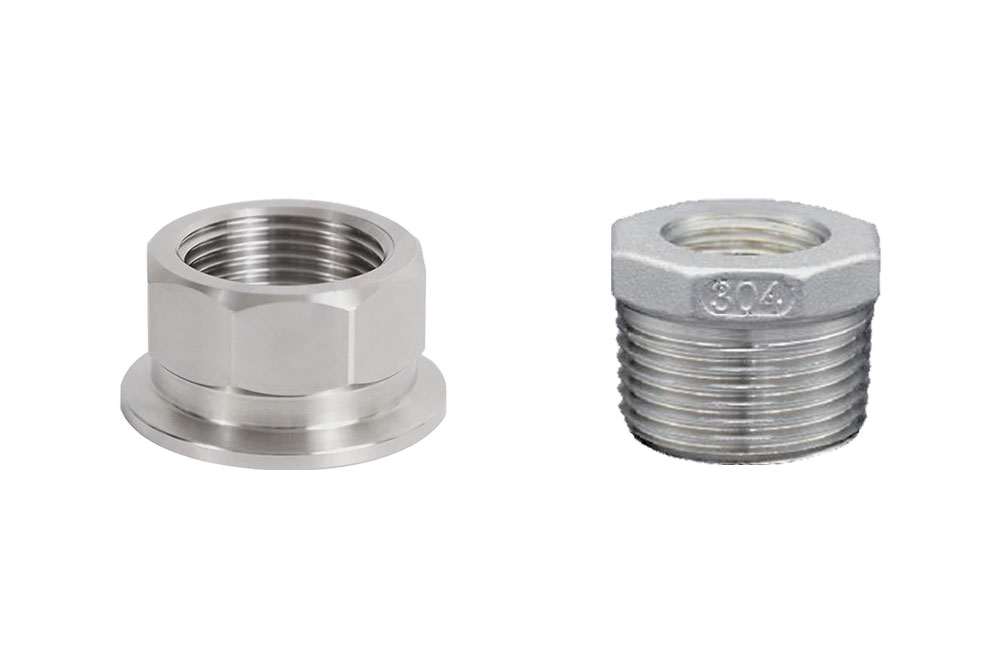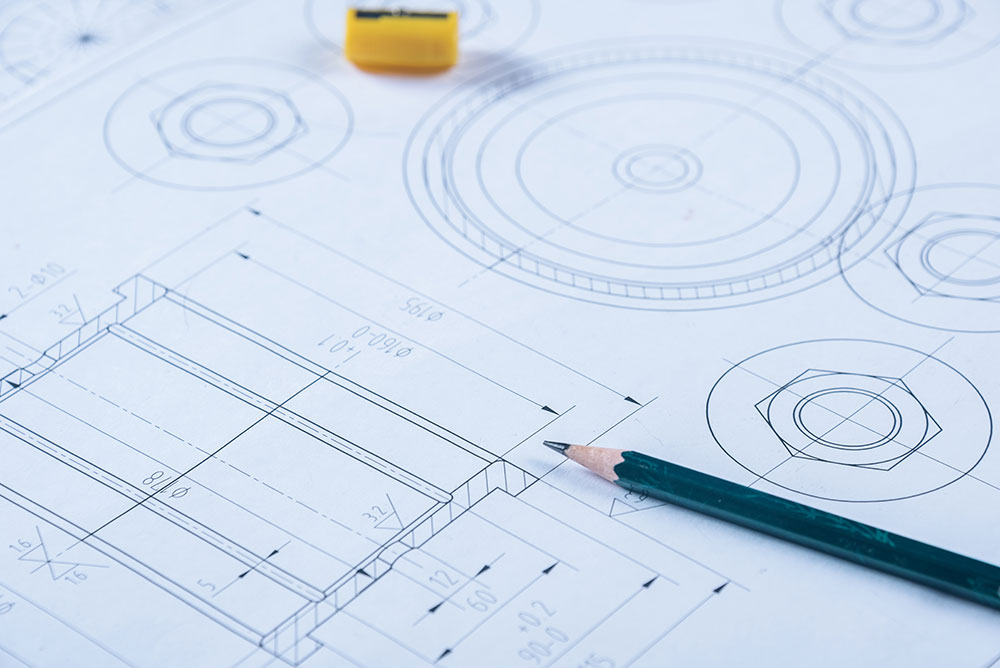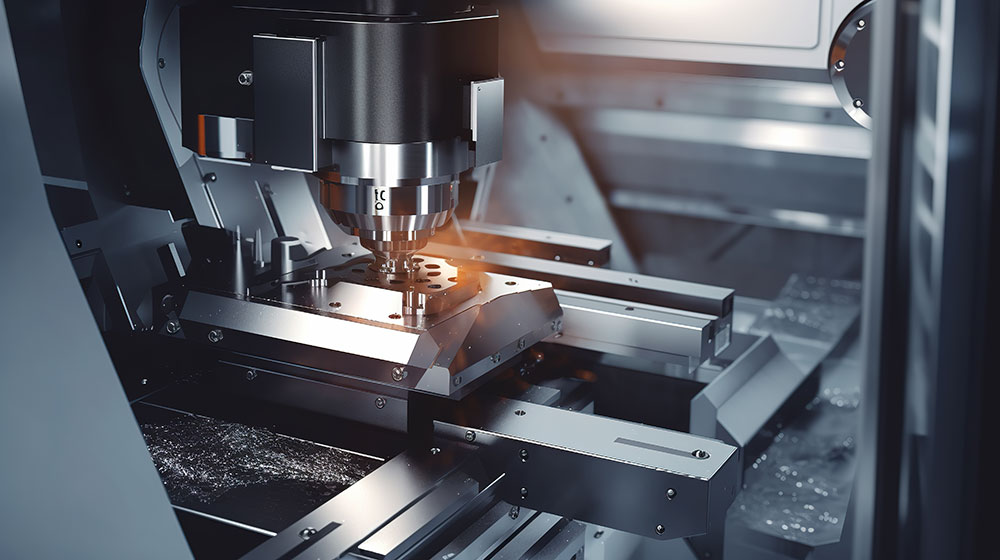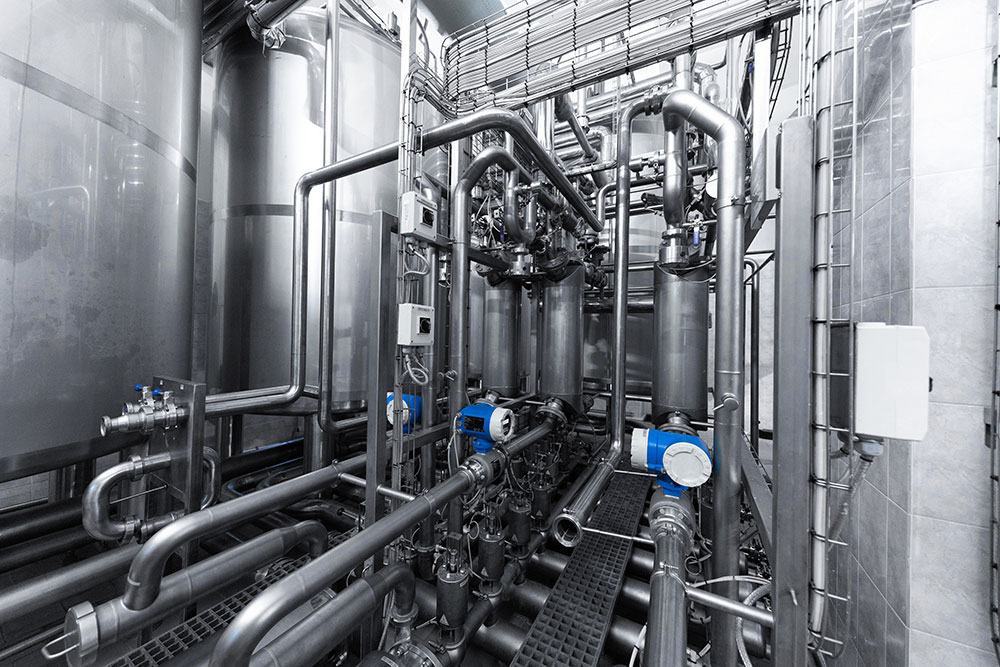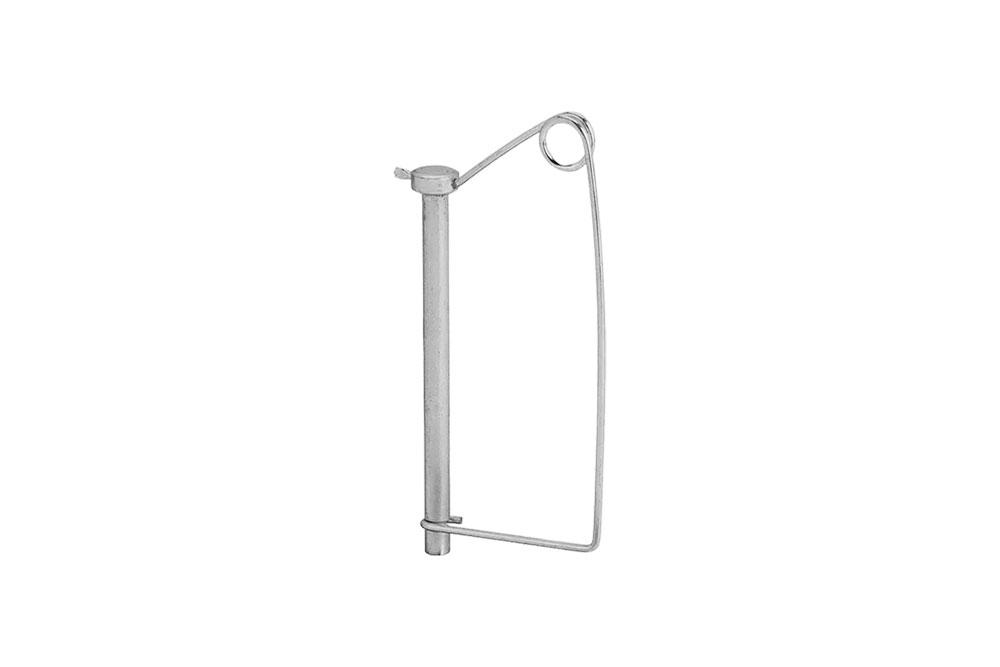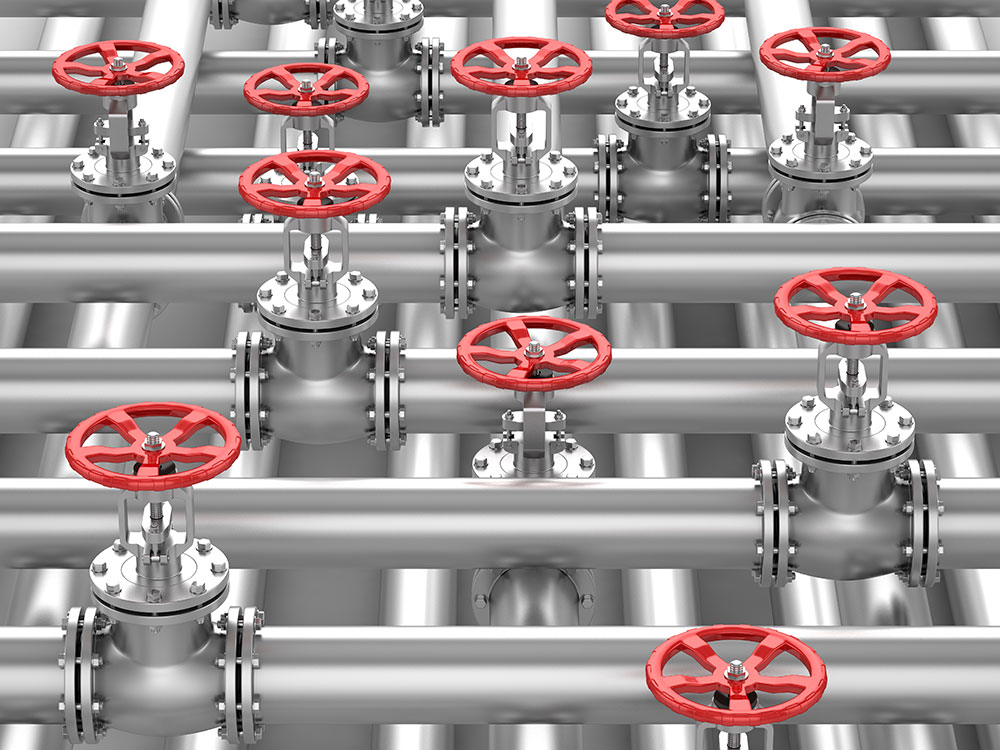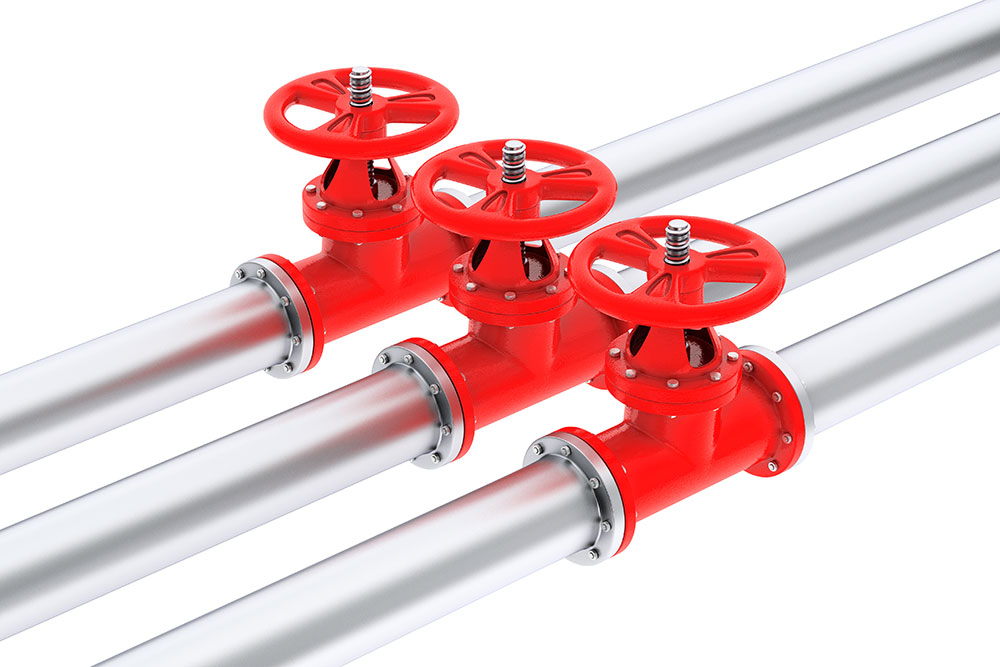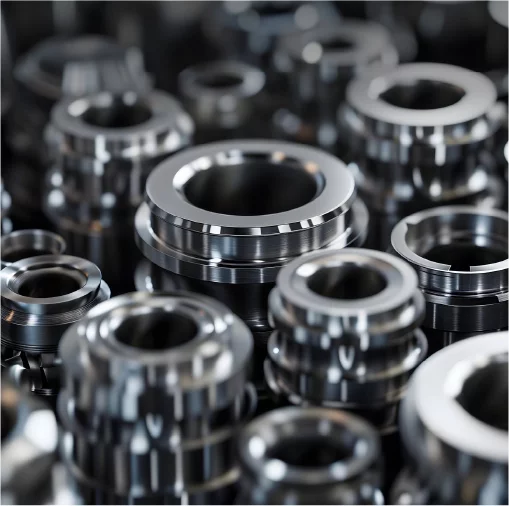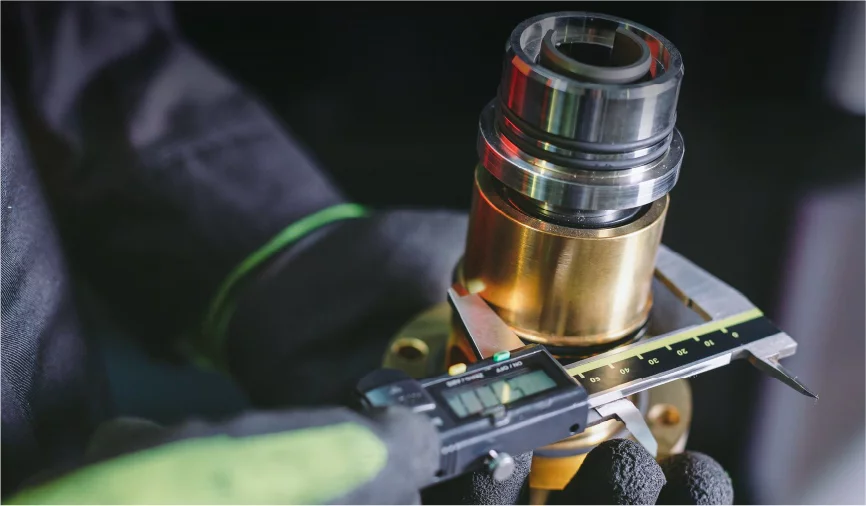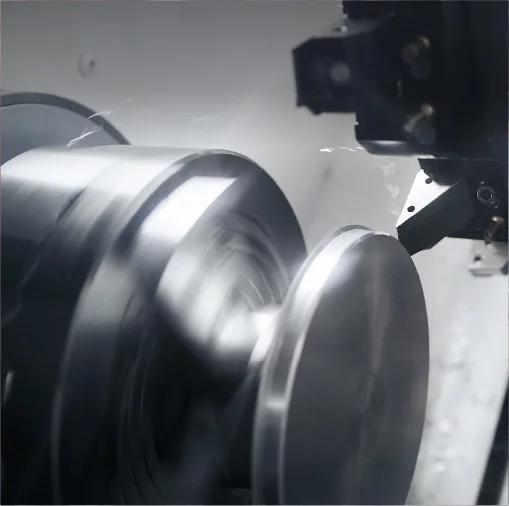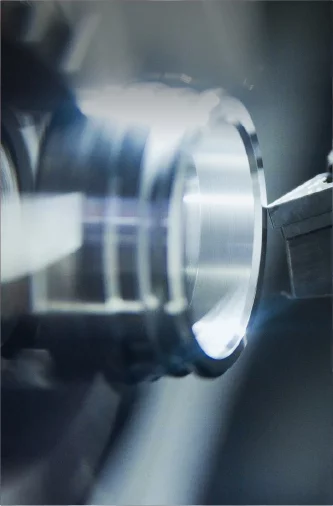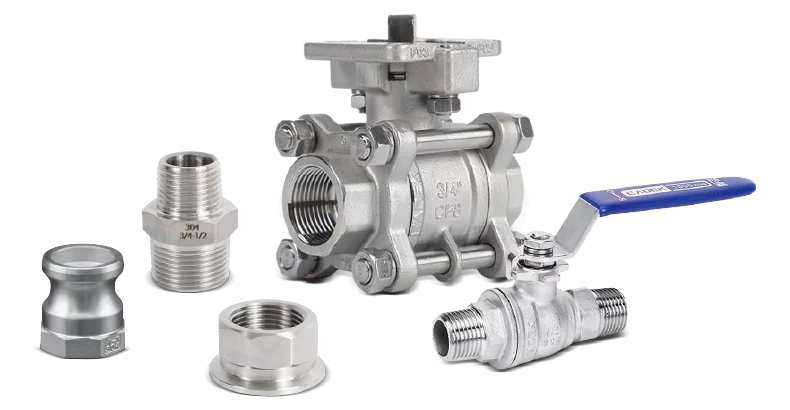Y-type T-stykker og Y-type filtre er begge almindelige Y-type rørfittings i rørsystemer, og de spiller en vigtig rolle i rørsystemer. På grund af deres udseende kan mange mennesker forveksle dem. Faktisk har de tydelige forskelle i funktioner og anvendelsesområder.
I denne artikel lærer du om deres respektive funktioner, anvendelser og andre oplysninger i detaljer, så du kan vælge det rigtige produkt til det rigtige system.
Oversigt over Y-Type T-shirt
Y-type T-stykke bruges hovedsageligt til at realisere afledning og konvergens af væske i rørsystemet, aflede væsken i ét rør til to andre rør i forskellige retninger, eller konvergere væsken i to rør til et andet rør i forskellige retninger.
Struktur
Y-formede T-stykker er Y-formede rørfittings med tre grænseflader. Vinklen mellem grenfladerne er normalt 45°, og nogle gange er der andre vinkler afhængigt af behovet.
Fungere
Funktionen af Y-typen T-stykke bruges hovedsageligt til væskeafledning og -sammenløb i rørsystemet, ændring af væskens transmissionsretning og har ikke andre specialfunktioner.
Anvendelsesområder
- LandbrugsvandingY-type T-stykker kan styre væskestrømningsretningen i vandingssystemet, justere fordelingen af vandkilder og opfylde vandingsbehov.
- PetrokemiskVed transport af relaterede kemikalier eller olieprodukter kan anvendelsen af Y-type T-stykker effektivt kontrollere og omdirigere.
- HVACY-type T-stykker kan opnå effekten af at kontrollere indeklimaet for at opretholde et behageligt temperaturområde ved at justere luft, vand og andre medier inde i HVAC-systemet.
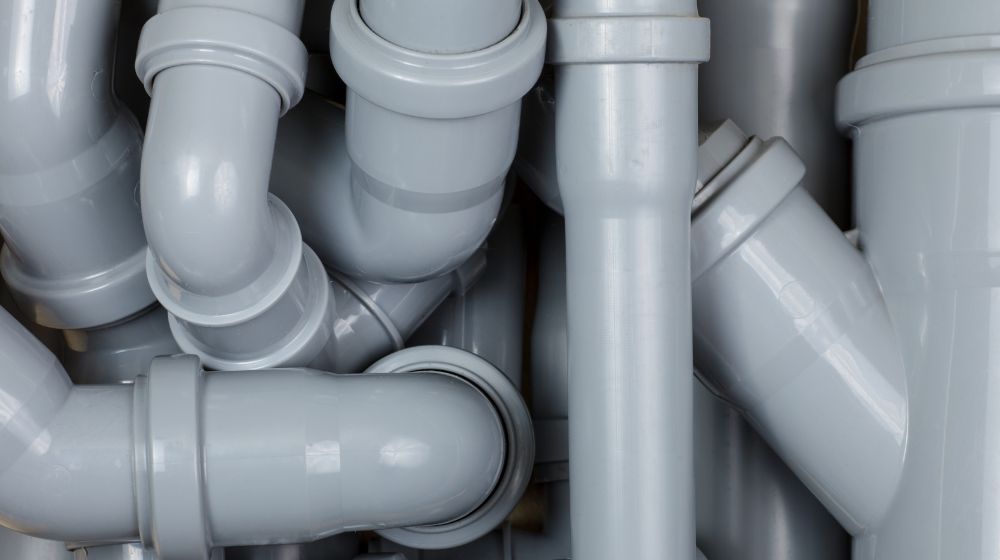
Oversigt over Y-type si
Y-type si bruges primært til at fjerne urenheder fra væske i rørsystemet for at beskytte andre dele og udstyr i røret mod skader, såsom ventiler.
Struktur
En Y-type si er også en "Y"-formet rørfitting med tre grænseflader, og vinklen på grengrænsefladen er normalt 45°. Der er en si inde i en af grenene, som er forskellig fra Y-type T-stykket. Denne si er aftagelig, hvilket er praktisk at udskifte og rengøre.
Fungere
Når Y-filteret kører i rørsystemet, kan det filtrere faste urenheder såsom sand, jernspåner og andre partikler fra røret for at sikre stabiliteten af væsketransmissionen i rørsystemet og væskemediets renhed. Samtidig kan det gennem filtrering også sikre sikkerheden af andet udstyr i rørsystemet, beskytte dem mod skader fra disse faste partikler og urenheder og sikre transmissionseffektivitet.
Anvendelsesområder
- VandforsyningssystemDet er meget nødvendigt at installere en Y-type si i vandforsyningssystemet. Den kan filtrere urenheder i vandet, forbedre vandkvaliteten og sikre vandforsyningssystemets stabilitet.
- IndustrifeltInden for industrielle områder som olie og elektricitet kan Y-typen filter filtrere urenheder og partikler i væsken. Det kan ikke kun sikre mediets renhed, men også beskytte pumper, ventiler og andet udstyr mod skader.
- Farmaceutisk industriVed transport af faste lægemidler kan urenhederne i lægemidlerne filtreres ved hjælp af Y-typen si for at sikre lægemidlernes kvalitet og sikkerhed.
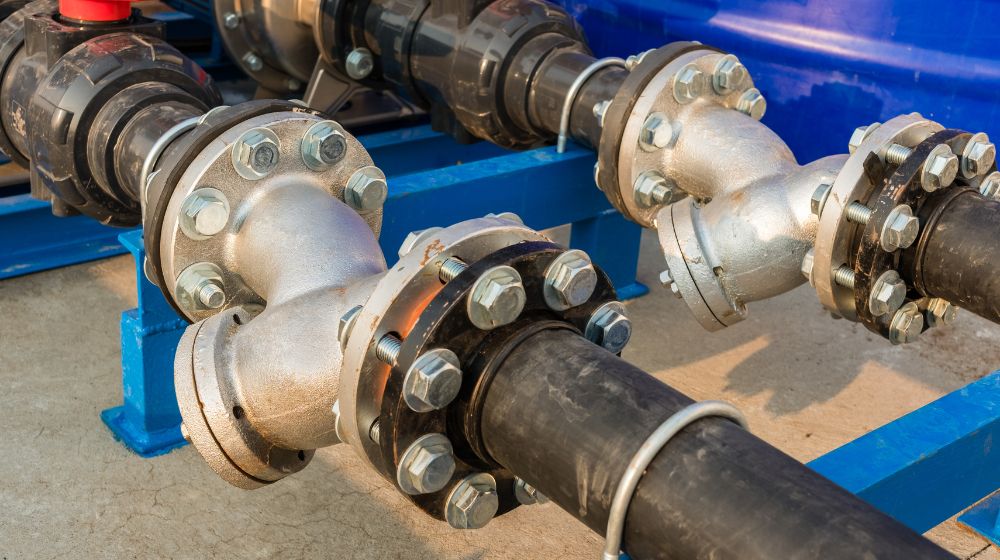
Sammenlignende analyse af Y-type T-stykke og Y-type filter
Fungere
Y-type T-stykket bruges primært til simpelt at omdirigere og samle væsken i rørsystemet, mens Y-type-sien kan filtrere faste urenheder og faste partikler i røret, hvilket sikrer væskens renhed og samtidig sikrer sikkerheden af downstream-udstyr.
Struktur
Y-type T-stykket har en simpel struktur og ingen specielle anordninger. Der er også en si inde i Y-type-siens gren til at filtrere urenheder.
Omkostninger
Prisen på et Y-type T-stykke er relativt lavt og kræver normalt ikke vedligeholdelse. Prisen på et Y-type filter er højere og kræver regelmæssig inspektion og vedligeholdelse, hvilket er en nødvendig udgift. Samlet set kan Y-type filteret dog spille en vis beskyttende rolle i systemet, og det har stadig en vis omkostningseffektivitet.
Y-T-stykke og Y-Si: Hvordan vælger man?
Så hvordan vælger man mellem de to? Du skal træffe et valg baseret på behovene i dit rørsystem.
Hvis du kun har brug for at foretage den nødvendige afledning og sammenløb af væsker i rørsystemet, kan du direkte vælge Y-type T-stykket. Men hvis du også har brug for en rørfitting med en filtreringsfunktion, er Y-type filteret et godt valg for dig, selvom det er lidt dyrere.
Konklusion
Gennem den detaljerede sammenligning mellem Y-type T-stykke og Y-type filter, mener jeg, at du har en fuld forståelse af dem. Y-type T-stykker kan effektivt opdele og flettes sammen i rørsystemet, mens Y-type filter ikke kun kan filtrere urenheder, men også beskytte systemet.
Når du træffer et valg, skal du overveje kravene til dit system grundigt. Valg af de rigtige rørfittings kan ikke kun forbedre systemets transmissionseffektivitet, men også effektivt forlænge systemets levetid.

